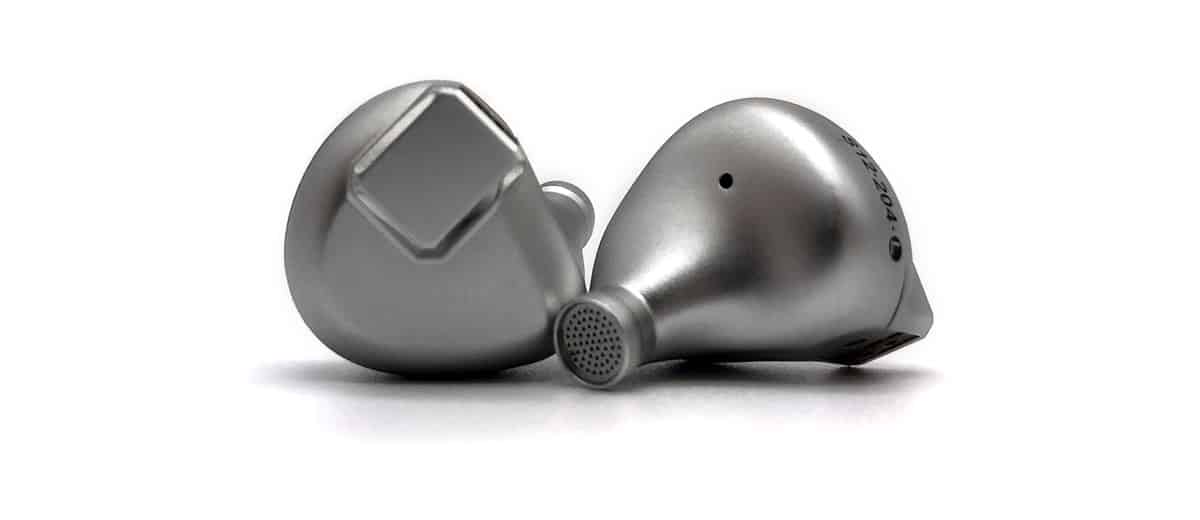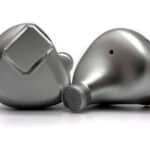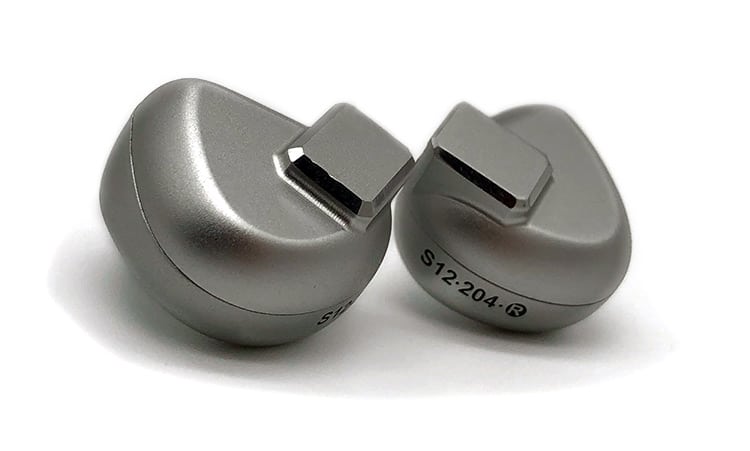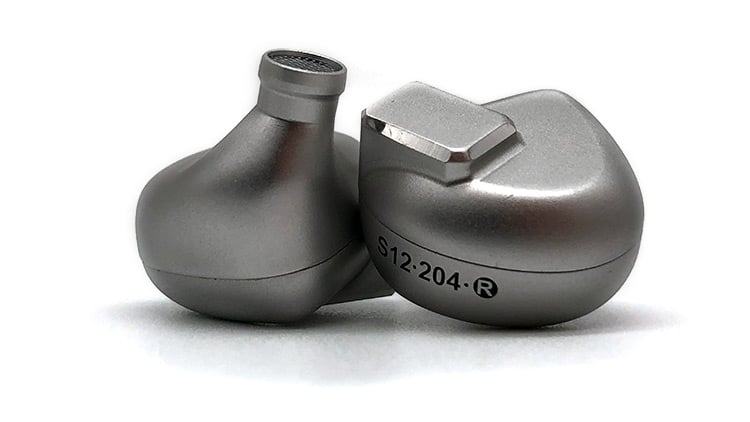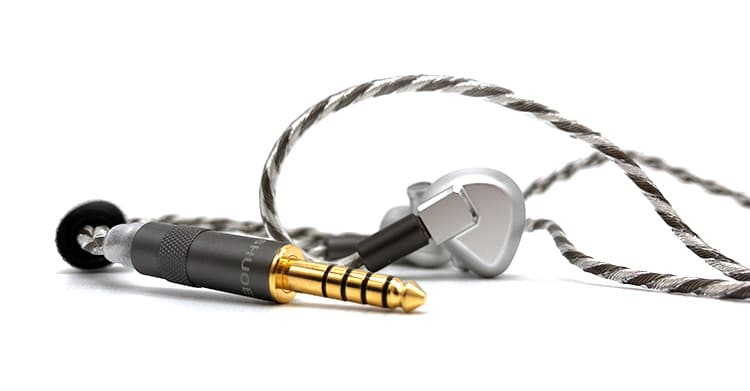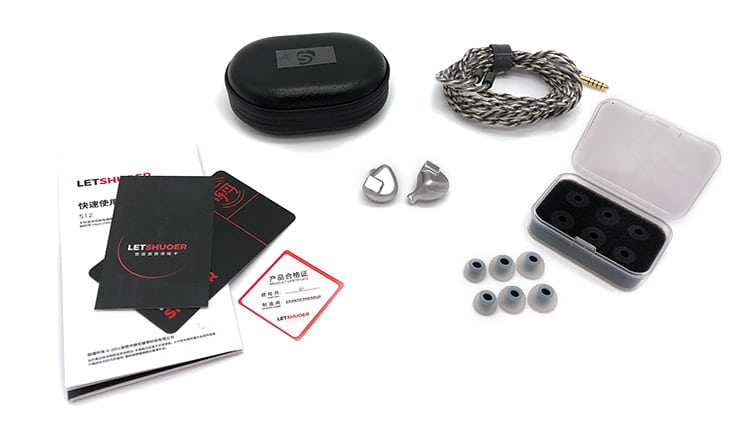This is a review of the new LETSHUOER S12 which is a universal in-ear monitor that uses a single custom 14.8mm planar magnetic driver. It is currently priced at $193.50.
Disclaimer: This sample was sent to us for our honest opinion. Headfonics is an independent website with no affiliate links or status. We thank LETSHUOER for this opportunity.
To read more about IEM products previously tested on Headfonics click here.
Note, that this article follows our latest scoring guidelines which you can read here.
At this point, the name Shuoer Tape probably rolls off the tongue of most IEM enthusiasts for its well-received electrostatic drivers and distinctive packaging. With good reason, Shuoer has continually expanded its lineup through the years and at some point updated its name also to LETSHUOER.
LETSHOUER has now launched its first custom planar driver design, the S12, and in doing so it joins a rapidly expanding genre. The S12 can be had at an easy-to-swallow sub-$200 price point, positioning it right smack in the middle of a competitive landscape.
Tech Highlights
Inside of the S12 is LETSHOUER’s first-ever custom pair of 14.8mm planar drivers capable of pushing a respectable frequency range of 20Hz up to 20kHz.
Its efficiency is about normal for planar IEMs, rated at 16Ω and 102dB SPL. So, whilst not requiring huge reserves of power it should scale pretty well with most modern DAPs. You can read about this in more detail in our pairing section further down in this review.
Design
Poshly named frosted silver, the 5-axis CNC milled aluminum alloy housing of the S12 comes with pleasingly straightforward visual cues only accentuated by the rectangular overhang by its faceplate. The chamfered edges are mirror finished but from my limited time living with the S12, it already developed scuff marks.
What the extended 2-pin sockets are for, aside from looking good, is actually to improve the wearing ergonomics. Shuoer developed the wearing style of the S12’s cable to be less angled with the help of this feature.
Overall, I wouldn’t describe the S12 as a complex IEM. The impression it gives is of a small but tough piece of gear that can be taken out for a beating.
Comfort & Isolation
Owing to its fairly small form factor, I still find the S12 to be quite snug if only a little bottom heavy since the ear guide is not in full support of the IEM’s body. I understand where LETSHOUER was taking the protruding section of the S12 to improve cable ergonomics but in practice, I find its contact points not as confident as expected.
Nevertheless, for a passive set of monitors, its noise isolation is good for drowning out external sound. With music playing, I can barely hear the sound of my keyboard and also mutes the speakers I had left turned on beforehand quite decently.
Tips
Shuoer took special attention to showcasing the black memory foam tips as they nestle in a foam cutout shielded inside a plastic container. Aside from being the tallest of the three included sets, its softer stem doesn’t stop it from being relatively easy to put on the S12’s nozzle.
For tip rolling, the other types of ear tips available are a set of standard and clear silicone tips. The standard tips are made from a single material and are the shortest physically, while the clear ones used a stiffer black stem that makes it more rigid when putting on.
Stock Cable
LETSHOUER saw the opportunity to let users choose between a single-ended 3.5mm connection or a 4.4mm balanced terminal. The possibility of a balanced pairing right out of the box should excite enthusiasts who carry DAPs and sources that push more power out of the balanced port to maximize the planar drivers of the S12.
128 strands of silver-plated monocrystalline copper run the length of the cable attaining a heftier than average feel. And a mix of dark and silver strokes twists cleanly inside each of the two plastic-bound wires giving it an element of intricacy.
Upwards of the splitter, while it doesn’t get in the way, the wires have more memory retention than the rest of the cable. And for my tastes, the calling appearance of the cable doesn’t jive too well with the simplistic monotone housing of the S12.
Packaging & Accessories
LETSHOUER went more conventional in the packaging of the S12 pulling back on colors and aesthetic complexities which should put it on the radar of casual buyers intimidated by bulky and flashy illustrations.
Only a carton sleeve showing the S12 design needs to be slid out before the main box can be opened to reveal some paper works, the IEM itself, and a memory foam tip set. And while reading the user manual isn’t necessary to those familiar with IEMs, it at least doubles as a poster if you want to fill up an empty wall with a picture of a woman wearing your S12.
Beneath the first layer, a compact protective case is included bearing the company’s logo preserved in transit by thin plastic. The chosen cable, the 4.4mm balanced one, resides inside with the two sets of extra ear tips.
Unfortunately for me, I was missing a set of tips due to some handling matters we had internally. So, only the black memory foam tips and the clear silicone tips arrived complete when the S12 finally reached my doorstep.
Sound Impressions
The clear silicone ear tips were used in the formulation of the sound impressions. How the sound is changed by swapping tips will be discussed separately.
Summary
Don’t let the straitlaced face of the S12 fool you. Everything from the box and physical design of this latest IEM from Shuoer screamed safe and tidy that I didn’t think for one moment that it is hiding a fun nature inside.
There is no sense of intensity in the low-end even though it rises well above the midrange. What it comes to is the presence of a gentle giant that will be there when the note hits hard and tucks neatly away when unnecessary.
On simpler songs, the texture and resolution are quite impressive for the price but when the low end comes in, it does weaken the details pulling the bite on some instruments. What it does not limit is the vocal region letting it sing confidently in the mix.
Timbre
Normally, when I am listening to some warmer gear I pick up on the punch and slam of the bass. However, with the S12, the wider and immense scale of its imaging performance is what captured me instead.
Its emphasized mid-bass thump is followed by a gradual sub-bass elevation for a beefy impression and a hint of softness not at all concerned with speed. Prolonged bass guitar notes retain their texture in calmer tracks but will become harder to isolate and place when playing with energetic synth beats that sometimes overtake in presence.
The S12 has a pleasing vocal region leaning towards a more natural presentation. So even though it is not the most expansive IEM I’ve heard, putting forth obvious vibrato but coming short on fainter edges, its clean tonality with a slight upper midrange boost lets it come alive with any song.
Guitars are shimmery but with a sense of warmth in intention, so a gentle twang can be heard especially on cooler melodies. The piano plays hard yet thin dispersing into a subdued reverb somehow holding back its spaciousness.
Continuing from the increase in upper midrange presence, the treble is quite splashy and thin. Brass instruments can get intense but are dynamic enough to scale well through dispersion and a wide sense of playroom.
For a well-rounded performance, violins get a forward presence that while a bit lean, tonally evokes a vibrant and engrossing reaction.
Staging
The S12 did pretty well in spacing out images both through the front and side. So even if it stages lesser towards the middle, the distinction between different instruments and separation can still be observed.
Specifically, where it performs well in its midrange and treble imaging. The bass region can be a mixed bag with deep kicks full of energy lacking in tightness floating freely only distinguished by a general sense of directionality.
Its horizontal width will not go farther than average and may even close in just outside the head on busier tracks. But having a decently tall soundscape allows the S12 to recreate a room full of people albeit still smaller than life-size.
Ear Tips
With the foam tips now on the S12, cymbals instantly sounded steelier and stronger whereas the clear tips gave cymbals a softer and less emphasized splash.
And while not pushing improved definition in the midrange, the piano gets a friendlier and softer-hitting timbre. Same with horns, the thin profile of the S12 was toned down a little bit replaced by a more defined body for each melody.
The soundstage also got a bit more room receiving an additional sense of air which levels out some of the excess energy on the clears. This is however balanced out by the bass being fuller sounding than with the clear tips.

